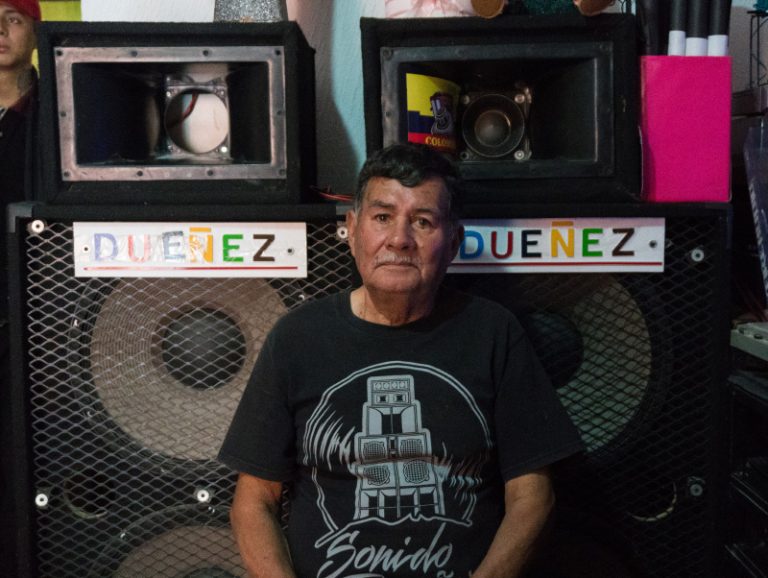This week we are reading (Fernández l’Hoeste and Vila 2013). It is a fascinating edited volume that explores several case studies of cumbia that include Colombia, Peru, Argentina, Mexico, and the US. They argue that
“cumbia as perhaps the most widespread musical genre of Latin American origin evinces some of the mechanisms through which eminent forms of identity, like nation, region, class, race, ethnicity, and gender (and all their articulations) are achieved, negotiated, and provisionally and locally enacted by its followers.” (Fernández l’Hoeste and Vila 2013, 24)
In addition to asserting that cumbia is a set of “symbolic resources” (Fernández l’Hoeste and Vila 2013, 15) referenced in vaious settings as described above, they further suggest that as it spread across Latin America cumbia
“has given way to forms that, though they proudly retain the name cumbia, are undeniable versions of national orientation: cumbia peruana, ecuatoriana, chilena, argentina, mexicana, and so forth, each one confidently different from its forebear, operating under distinct, locally determined circumstances, full of regional varieties and with a wider appeal to a home audience.” (Fernández l’Hoeste and Vila 2013, 29)
Fernández l’Hoeste and Vila (2013, 30) write that cumbia emerges in the Mompox Depression which is located at the confluence of the Magdalena and Cauca Rivers between Mompox and Plato (Figure 1). In this area, during the 16th and 17th centuries numerous palenques developed. Certain African, Indigenous, and European musical structures and instruments were combined developing numerous hybrid musical forms including cumbia. I attempted to diagram just a few of the elements discussed in the text (Figure 2). It is still a work in progress as I’m not satisfied with how some relationships are represented. I’d like to build something similar to a powerpoint slide I use in class (Figure 3).
Ethnomusicologist George List (1991) examined the conjunto de gaitas from the Caribbean coast of Colombia observing that it extends from the Cordillera Central of the far northern Andes. At the northern end lies the Sierra Nevada de Santa Marta where the Kogi and Ika live. List visited the region and documented the native flutes called kuizis which are similar to the gaita both in construction and manner of playing. They are generally payed in male and female pairs with one of the performers accompanying with a rattle. This is also the case with the conjunto de gaitas which in addition include drums that exhibit African construction.
- Gaiteros de San Jacinto/ Mi Ssupiro
- Adolfo Pacheco. Carmelo Torres y su conjunto con Orlando Landero García, hijo mayor de Andrés Landero/ Mi Machete
- Andres Landero sus Exitos Prendidos
- Celso Piña - Cumbia Sampuesana (En Vivoe
- Cumbia Norteña by Rosie & Israel Coronado
- En Nuevo Leo se Baila La Cumbia (Rebajada) - YouTube
- Rebajadas 2 - Lado B by Archivo Sonido Dueñez
- Los Destellos - Guajira Psicodélica
- Los Wemblers de Iquitos - La danza del petrolero
- Los Mirlos - Poder verde (1977)
- Los Shapis - Ambulante Soy
- Chacalon - Viendo
- Rossy War - Nunca Pense Llorar
- Dina Paucar - Volvere
- Selena - Techno Cumbia
References
Citation
@online{craig2023,
author = {Craig, Nathan},
title = {Cumbia},
date = {2023-04-22},
url = {https://ncraig.netlify.app/posts/2023-04-22-cumbia/index.html},
langid = {en}
}


